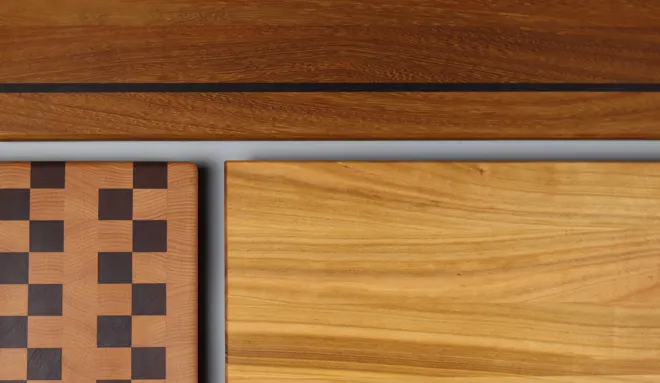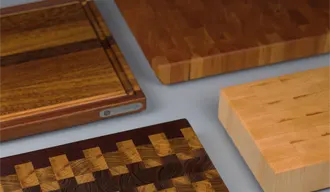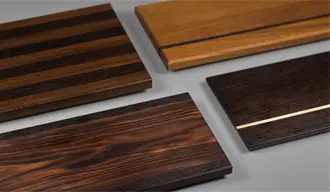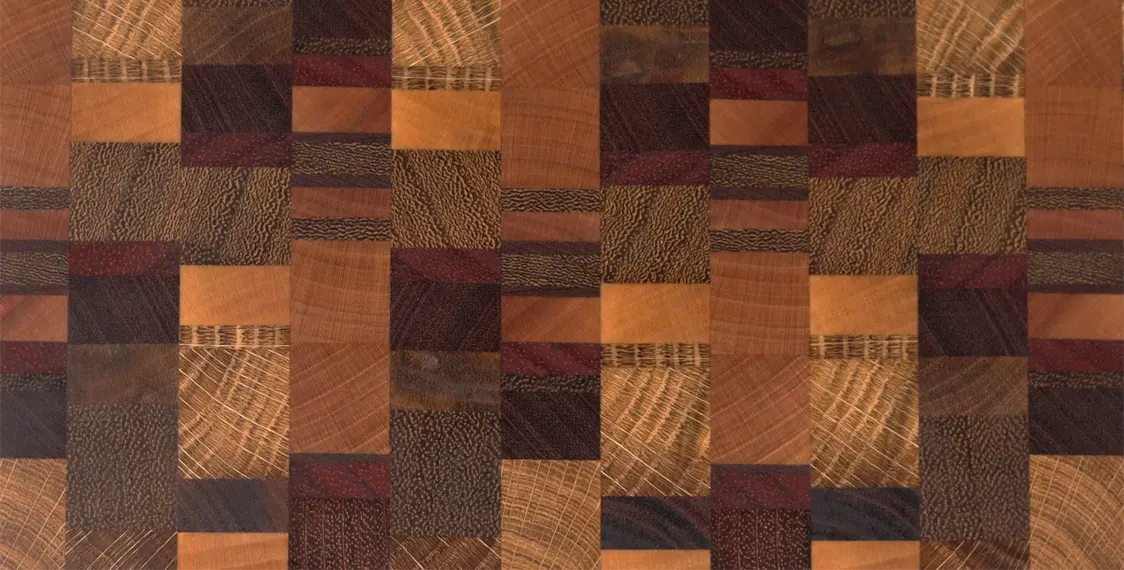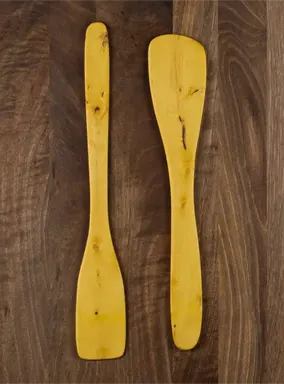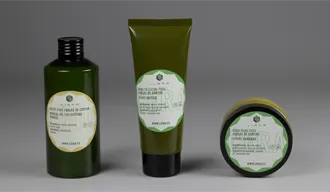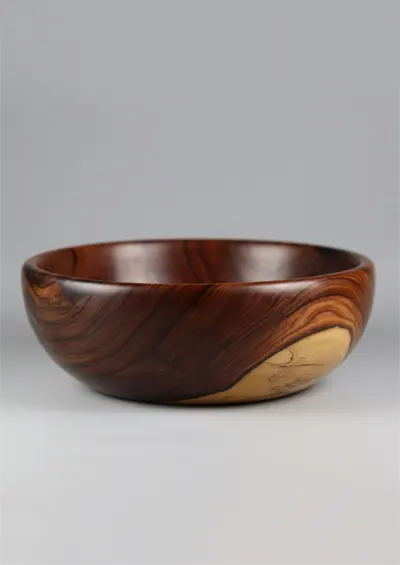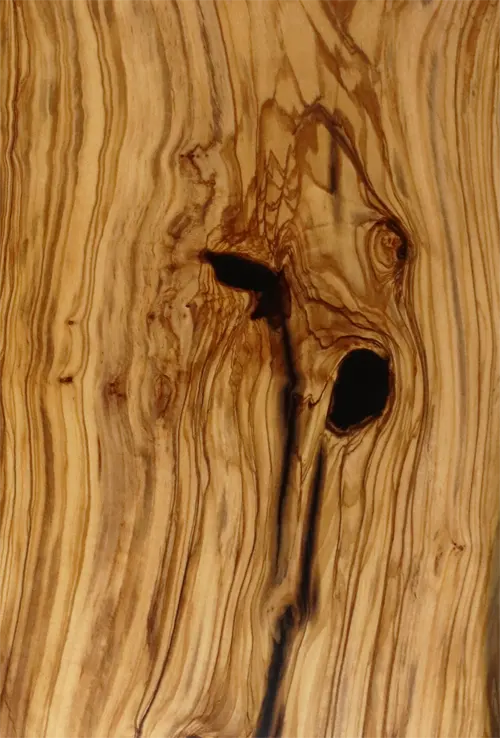Noble Woods: What they are and common species
Noble Woods, also known as precious or fine woods, are those species that stand out for their exceptional quality, beauty and resistance.
Coming from slow-growing trees with unique characteristics, these woods have been valued throughout history for their use in luxury furniture, cabinetry, musical instruments, and high-end architectural elements.
What Are Noble Woods?
Noble Woods are obtained from trees that have a high density, pronounced grains and distinctive hues.
These characteristics not only give them an unmatched aesthetic, but also superior durability against factors such as humidity, pests and the passage of time.
Its scarcity and the difficulties associated with obtaining it increase its value and exclusivity.
Distinguishing Characteristics of Hardwoods
- Density and Hardness: These woods are remarkably dense, which gives them superior mechanical strength and a long service life.
- Unique Aesthetics: They have marked veins and colors that vary from light to dark tones, bringing elegance and warmth to any design.
- Natural Durability: Their intrinsic resistance to biological and climatic agents makes them ideal for both indoor and outdoor applications.
- Historical and Cultural Value: Many of these woods have been used in masterpieces of carpentry and architecture, being a symbol of status and refinement.
Main Types of Noble Woods
Oak (Quercus spp.)
Known for its strength and durability, oak has a thick texture and pronounced veins. It is widely used in the manufacture of furniture, flooring, and barrels for aging wines and spirits.
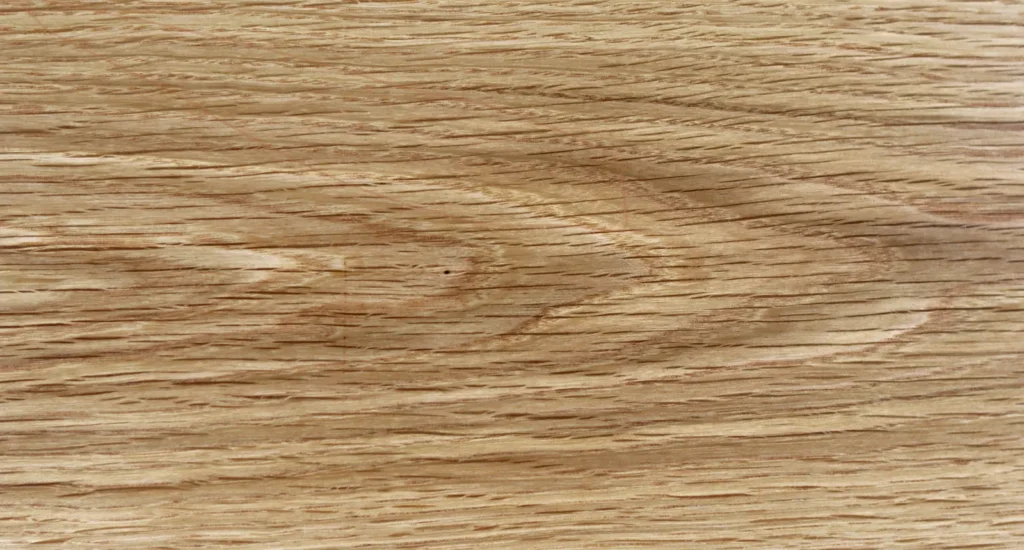
Mahogany (Swietenia macrophylla)
Reddish in color and fine-grained, mahogany is prized for its ease of work and smooth finish. It is common in high-end furniture, musical instruments, and architectural details.
Walnut (Juglans spp.)
Walnut offers shades ranging from light to dark brown, with attractive veins. It is preferred in fine cabinetmaking, weapons making, and decorative elements.
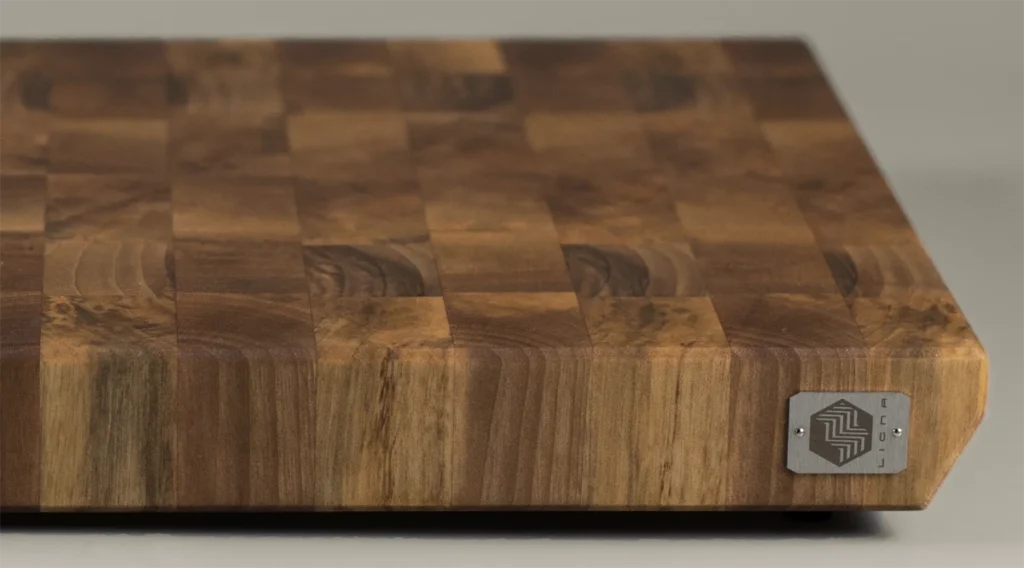
Ebony (Diospyros spp.)
With an intense black color and smooth texture, ebony is extremely dense and resistant. It is used in luxury details, instrument keys and sculptures.

Cherry tree (Prunus avium)
With shades that evolve from pink to reddish brown, cherry is easy to work with and offers a smooth finish, being ideal for furniture and interior carpentry.
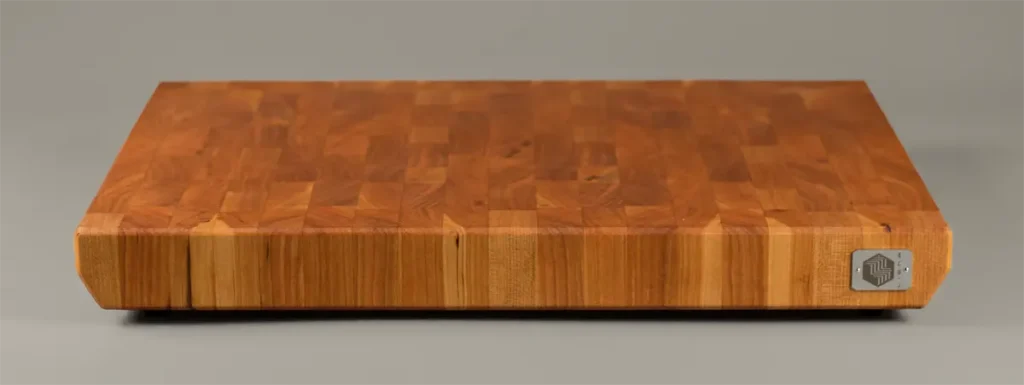
Common Uses of Noble Woods
- High-End Furniture: Chairs, tables, wardrobes and beds that seek to combine functionality with refined aesthetics.
- Musical Instruments: Guitars, pianos, and violins that require woods with superior acoustic properties.
- Coatings and Flooring: Applications that demand durability and a distinguished appearance.
- Decorative Elements: Sculptures, marquetry and architectural details that stand out for their natural beauty.
Advantages of Hardwoods Over Other Woods
- Increased Durability: Their natural resistance makes them less prone to damage from moisture, insects and wear and tear.
- Superior Aesthetics: They offer a variety of colors and grains not found in common woods.
- Added Value: Products made with noble woods usually have a higher market value and a perception of luxury.
- Sustainability: When sourced responsibly, their use promotes the conservation of species and sustainable forest practices.
Considerations When Choosing Noble Woods
- Cost: Due to their scarcity and superior features, they tend to come with a higher price tag.
- Maintenance: They require specific care to preserve their appearance and properties.
- Availability: Some species are protected or have trade restrictions, so it is essential to verify their origin and legality.
Frequently Asked Questions (FAQ)
What defines a wood as noble?
Noble woods are characterized by their durability and beauty. There is a great diversity of noble woods, some can be noble for their hardness, lightness or resistance to moisture.
Why are noble woods more expensive?
Its high price is due to its scarcity, superior characteristics and the long time it takes for trees to reach maturity in addition to the costs of felling and slow drying.
Are noble woods sustainable?
Yes, as long as they are obtained from certified sources that guarantee responsible forestry practices and the conservation of the species.
What care do noble woods require?
It is advisable to keep them away from excessive humidity, apply appropriate oils or varnishes and avoid prolonged exposure to the sun.
Can they be used outdoors?
Some noble woods, such as iroko or teak, are suitable for outdoor use due to their natural resistance to weathering.
What is the difference between noble woods and hardwood?
Although many hardwoods are hard, not all noble woods are considered hard. Nobility implies superior aesthetic and durability characteristics.
Can noble woods be combined with other materials?
Yes, it is common to combine them with metals, glass or stone to create contemporary and sophisticated designs.
Where can I buy noble woods?
In shops specialising in carpentry, authorised distributors and suppliers who have sustainability certifications.
Do noble woods change color over time?
Some can darken or take on deeper tones due to oxidation and exposure to light, which is often appreciated for their natural aging.
Is it possible to restore antique noble woods furniture?
Yes, with proper restoration and care techniques, hardwood furniture can be restored to its original splendor.
Otras entradas del blog
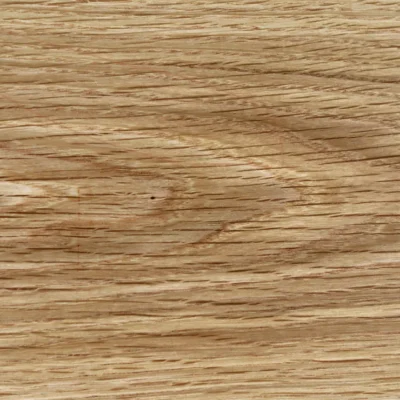
Oak Wood: Uses and Characteristics
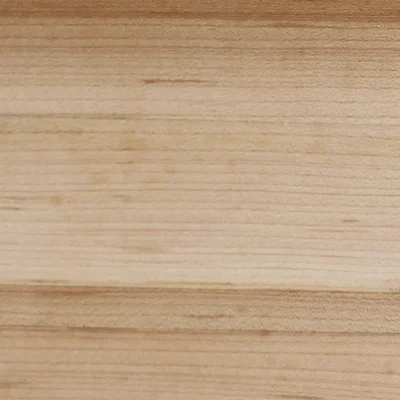
White wood: Common Species and Uses
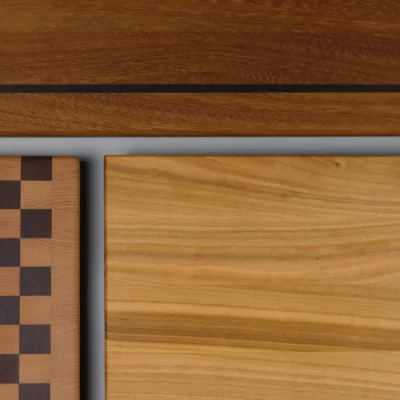
Do I need a hardwood for a cutting board?
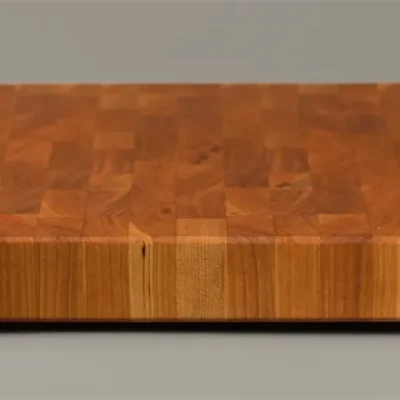
Wooden Cutting Board: Complete Guide
Nuestras tablas de cortar:
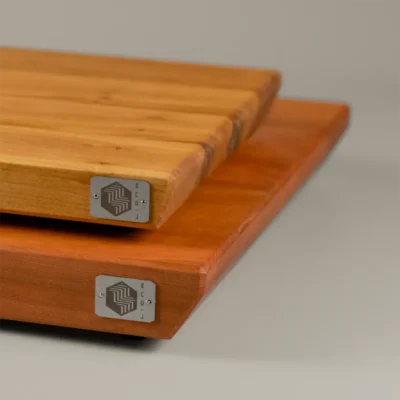
Linea
Cherry cherry cutting board
Linea
Cherrycherry cutting board
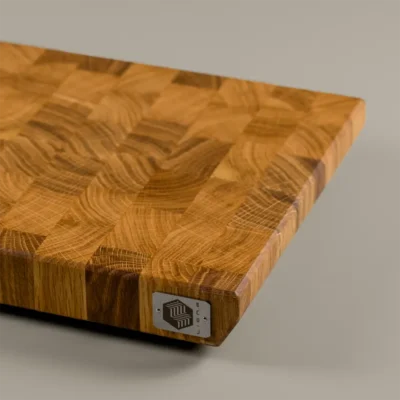
Pura
Oak oak butcher block
Pura
Oakoak butcher block
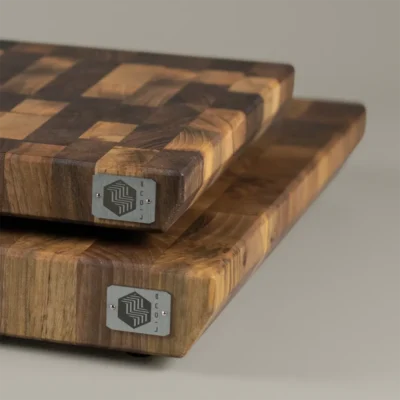
Pura
Walnut walnut butcher block
Pura
Walnutwalnut butcher block
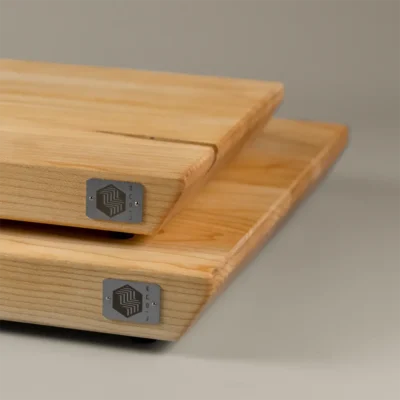
Linea
Maple grain maple board
Linea
Maplegrain maple board
